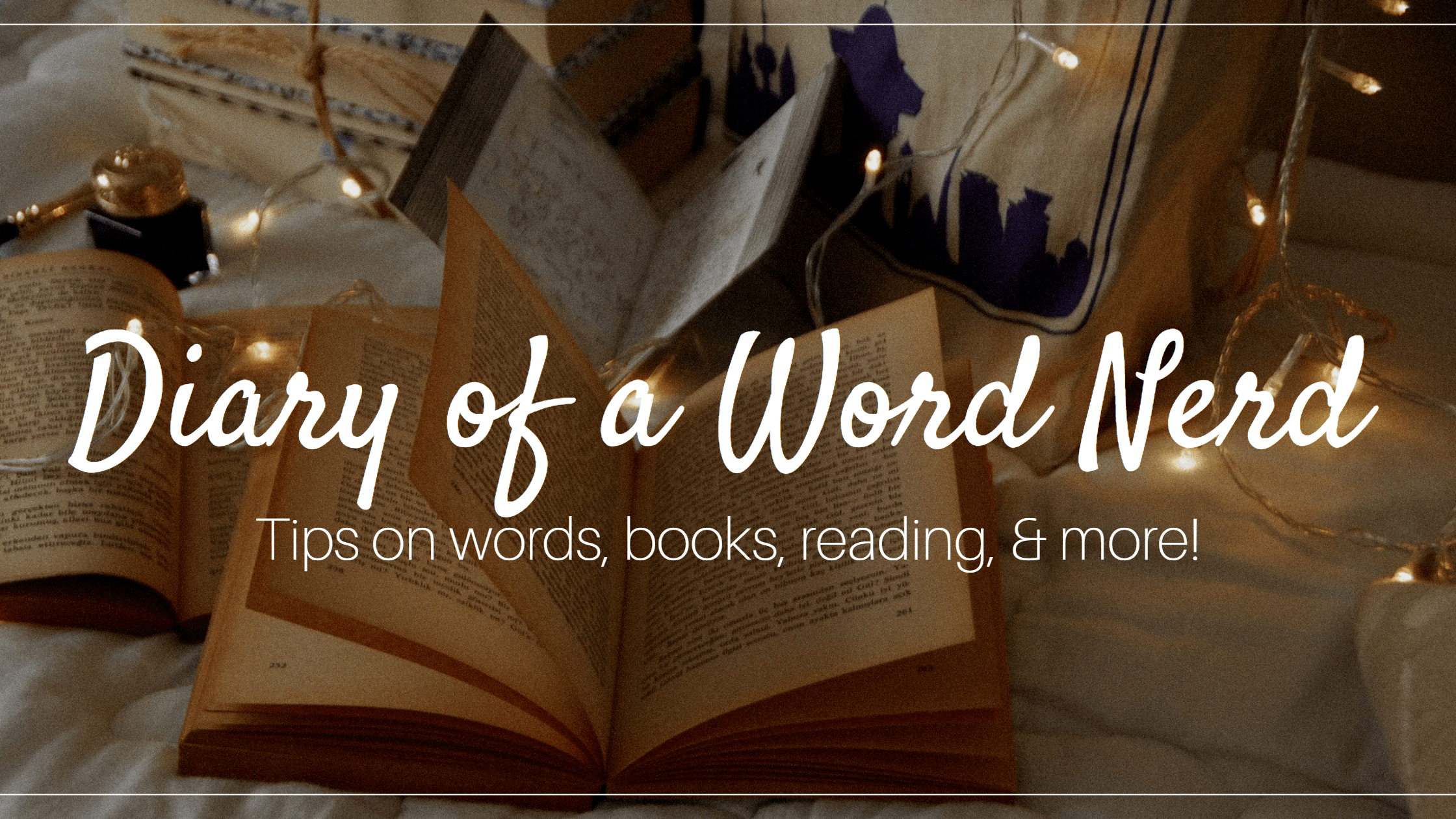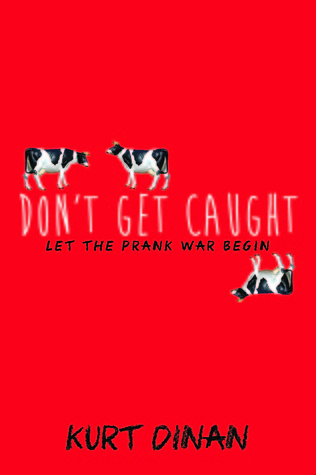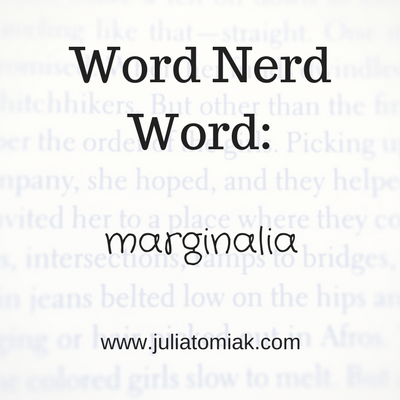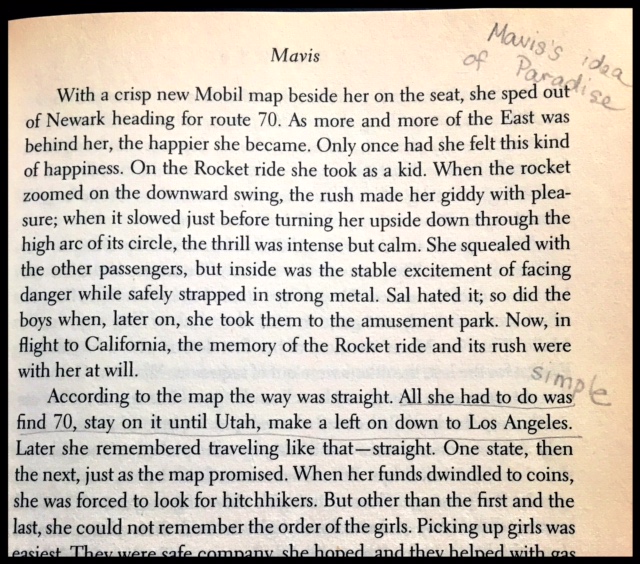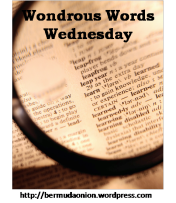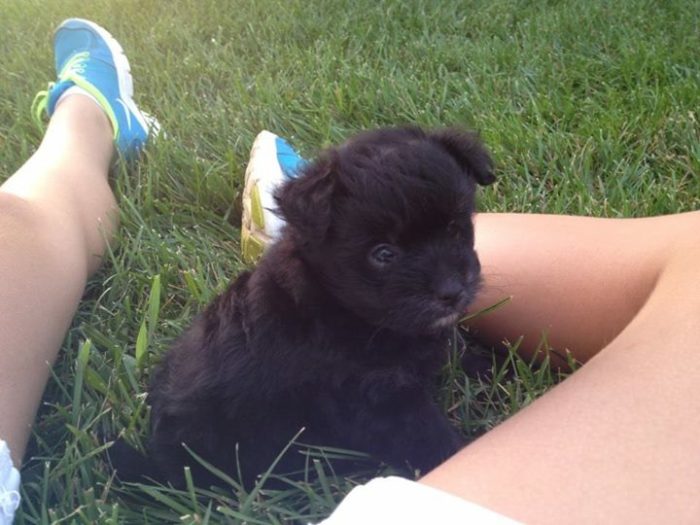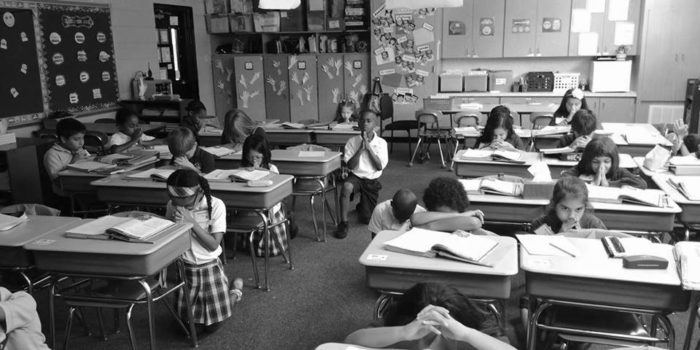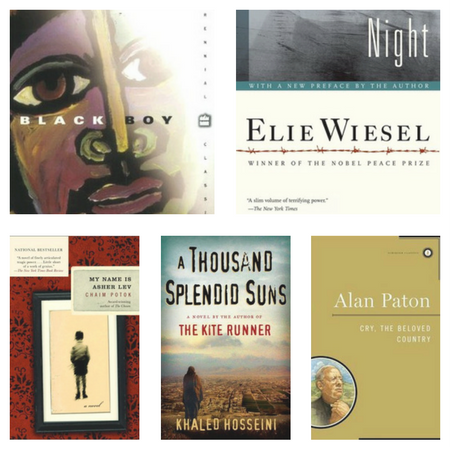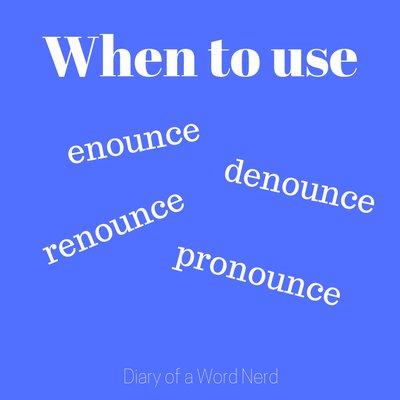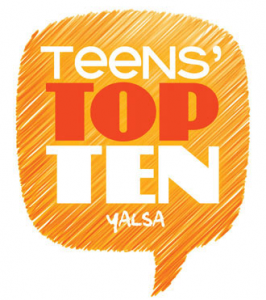 Looking for a good YA novel? I’ve got just the thing. This is Teen Read Week, an annual event sponsored by YALSA (Young Adult Library Services Association) to encourage teens to use libraries and read more. The best part about Teen Read Week is the “Teens Top Ten” – teens vote for their favorite books from the year. There are 26 nominees for 2017, and even though I’m just a few years too old to vote 😉 , I like browsing the list to find new books. Since I write YA, I need to read a lot of it too.
Looking for a good YA novel? I’ve got just the thing. This is Teen Read Week, an annual event sponsored by YALSA (Young Adult Library Services Association) to encourage teens to use libraries and read more. The best part about Teen Read Week is the “Teens Top Ten” – teens vote for their favorite books from the year. There are 26 nominees for 2017, and even though I’m just a few years too old to vote 😉 , I like browsing the list to find new books. Since I write YA, I need to read a lot of it too.
I was happy to see that Don’t Get Caught, a teenage “Oceans Eleven” heist story by Kurt Dinan, made this year’s list. My book club read it this spring, and we all enjoyed it.
Premise
Max Cobb, disdainfully referred to as “Just Max” by one of his popular classmates, doesn’t have a life. He’s known best for passing out in front of the class in ninth grade and for scoring in the 49th percentile on the ACT three times in a row. But one day, Max receives a curious invitation:
10:00 TONIGHT AT THE WATER TOWER
TELL NO ONE– CHAOS CLUB
The Chaos Club has a long and notorious history for pulling off hilarious pranks at Asheville High School, including hacking the district’s website so anyone visiting was redirected to BarnYardLove.com. Even though his gut tells him it’s a bad idea, Max decides he’s tired of being “Just Max” and vows to become “Not Max” as he sneaks out of his house in search of adventure, or whatever The Chaos Club has planned.
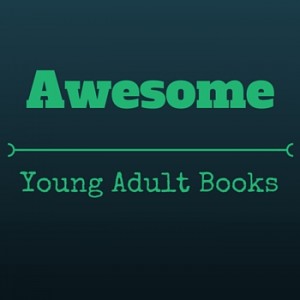 At the water tower, Max finds a motley and unlikely crew of his classmates who also received invitations. They find another note, follow its directions to climb the water tower, and find themselves in police spotlights and quickly arrested for vandalism. A set up. But Max doesn’t care, because the Chaos Club has started a prank war, and he’s ready to fight. Armed with a few key rules he knows from heist movies, Max and his companions launch a series of hilarious pranks and end up learning a ton about themselves and each other.
At the water tower, Max finds a motley and unlikely crew of his classmates who also received invitations. They find another note, follow its directions to climb the water tower, and find themselves in police spotlights and quickly arrested for vandalism. A set up. But Max doesn’t care, because the Chaos Club has started a prank war, and he’s ready to fight. Armed with a few key rules he knows from heist movies, Max and his companions launch a series of hilarious pranks and end up learning a ton about themselves and each other.
What I liked
Don’t Get Caught is clever, funny, and an enjoyable read if you need something relaxing. It’s got good messages too, about being true to yourself while stepping out of your comfort zone, and also learning to look beyond appearances and reputation.
I also like that Don’t Get Caught was published by Sourcebooks, an independent publisher located outside of Chicago that seeks to promote authors and their work in new and authentic ways.
Finally, if you flip the pages of Don’t Get Caught from front to back, you get to watch a cow do a cart-wheel. (Sourcebooks prides itself on finding new and creative ways to present media.)
Recommendation
If you enjoy a fun underdog story, try Don’t Get Caught. If you like “prank books”, I also recommend The Disreputable History of Frankie Landau-Banks (female protagonist) by E Lockhart and Paper Towns by John Green.
Notes on content
There is some “language” and innuendo, but overall, the content is mild.
Can you recommend another prank/ heist book? Better yet, were you involved in any pranks in high school? If you got an invitation from a “Chaos Club”, would you go? I think I could’ve been talked into some pranking in high school, depending on who asked me to do it!
Don’t forget to visit the Tens Top Ten to vote or get reading ideas!
Happy reading!
